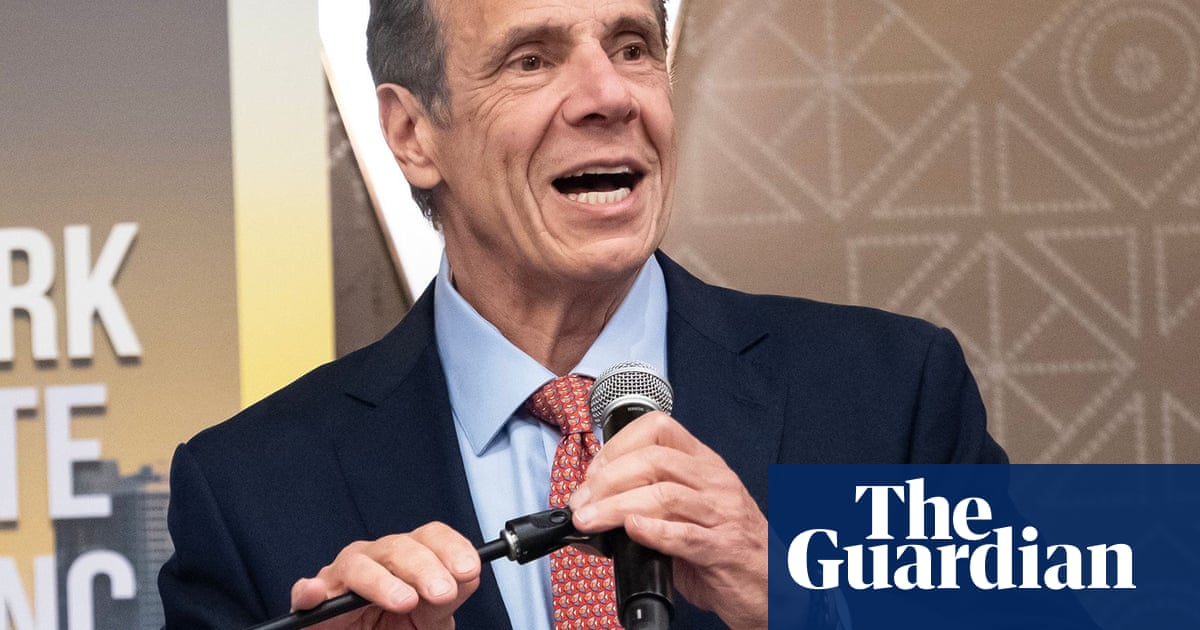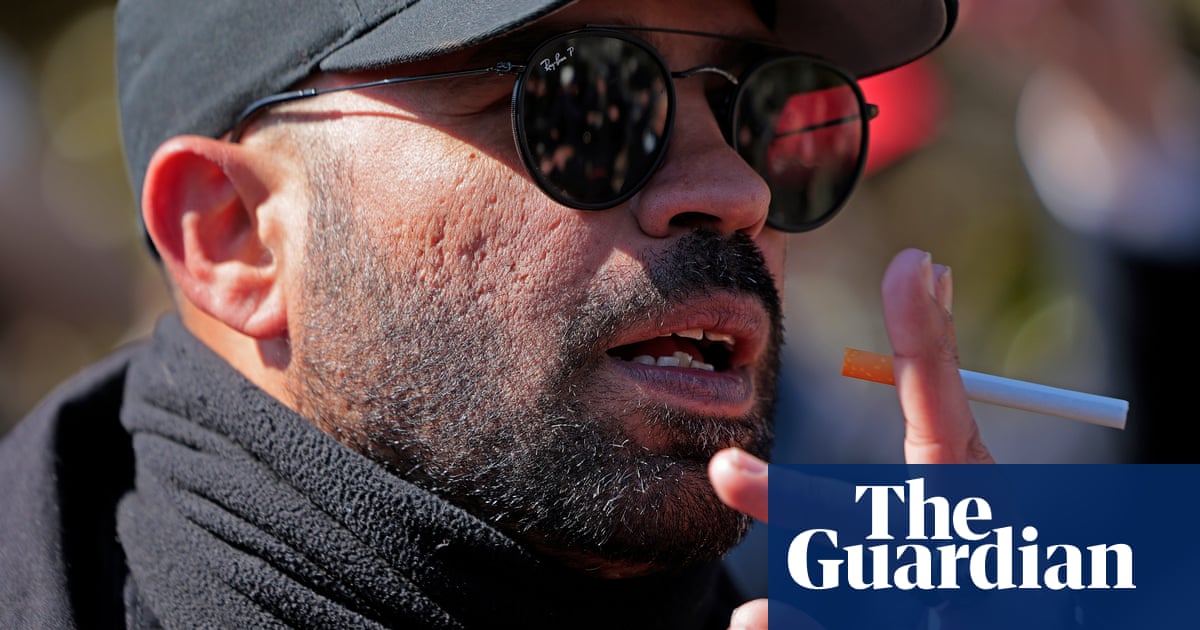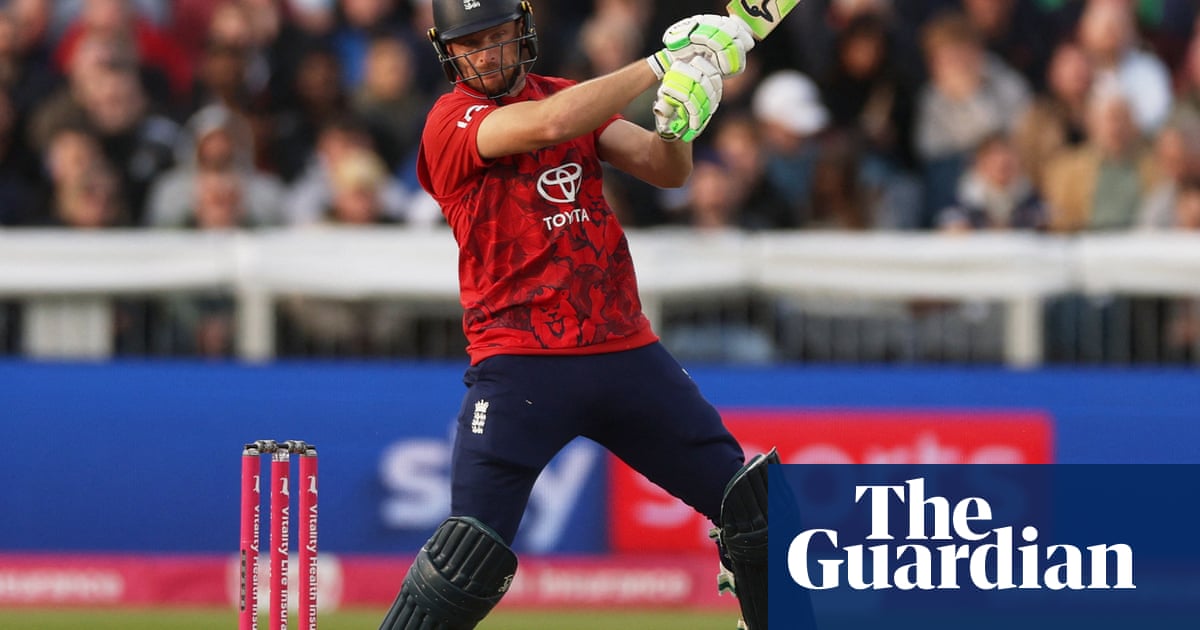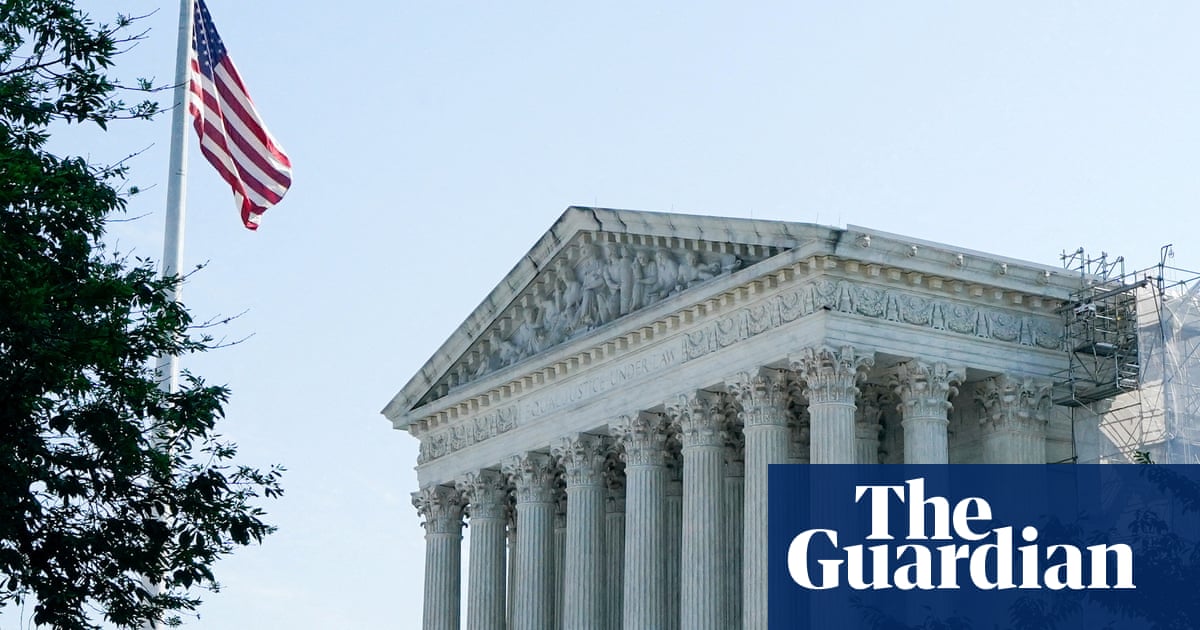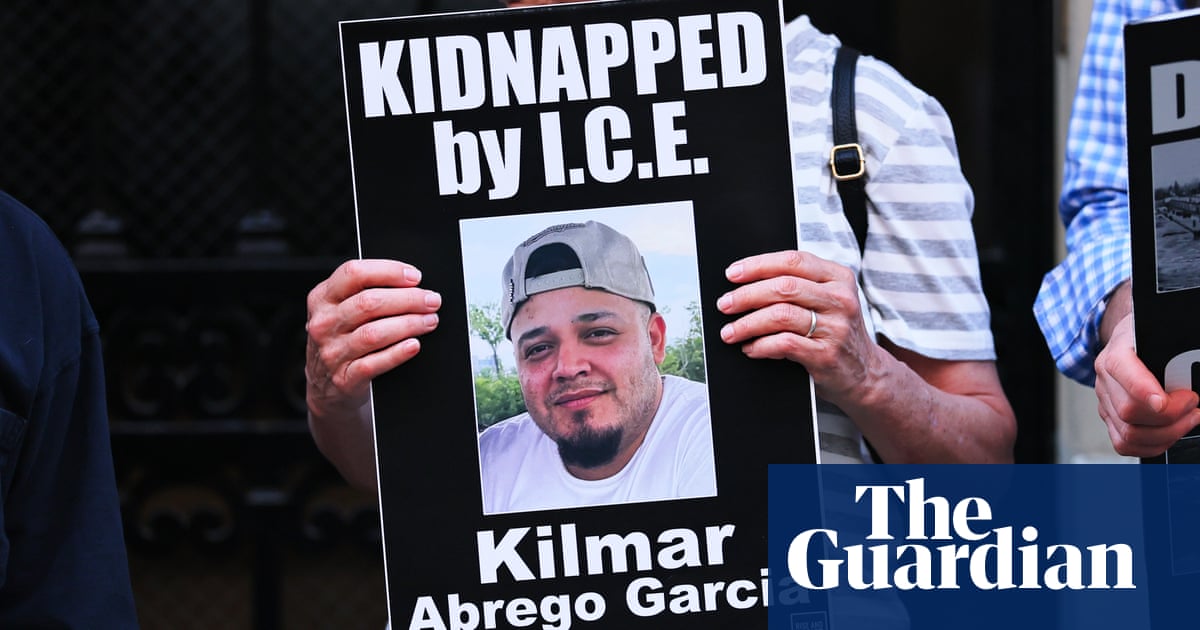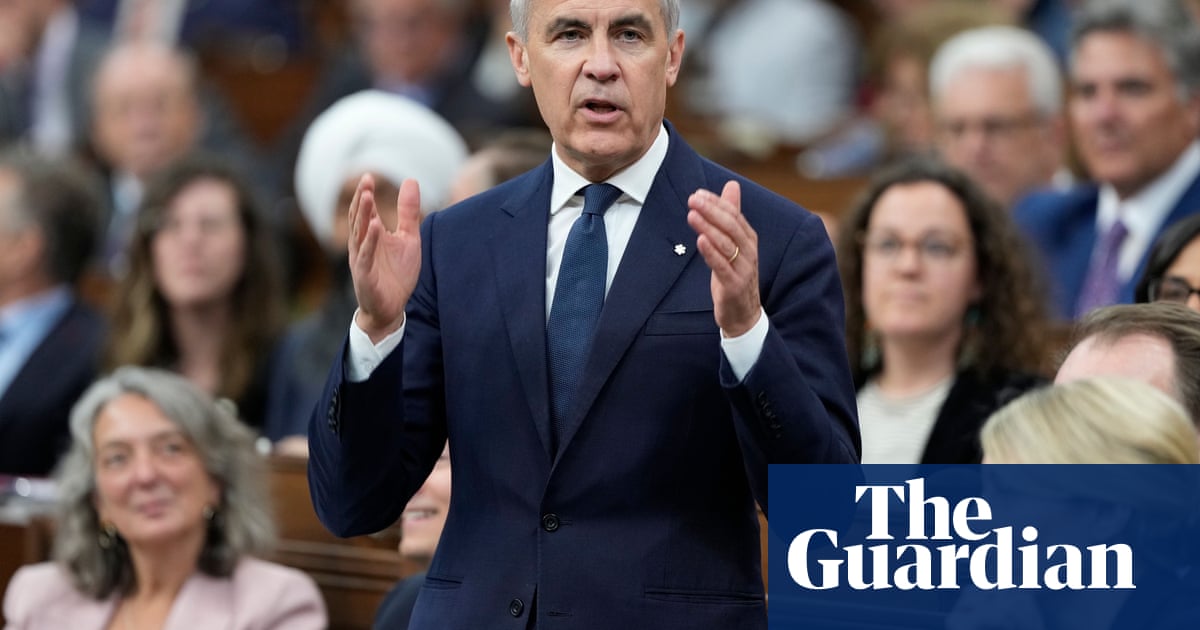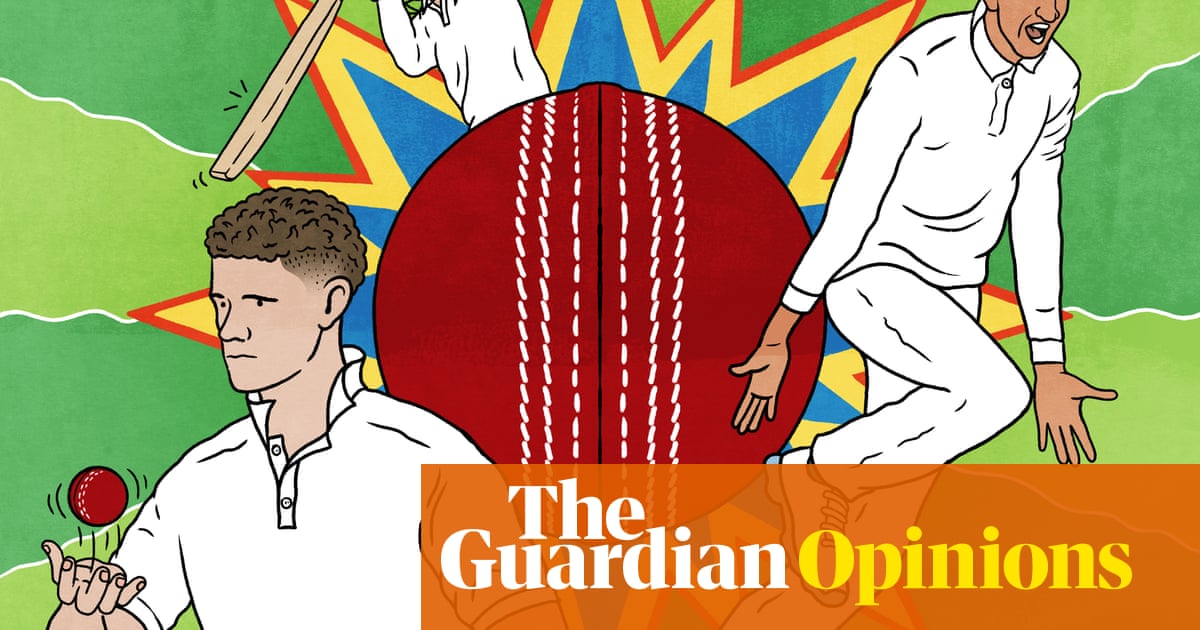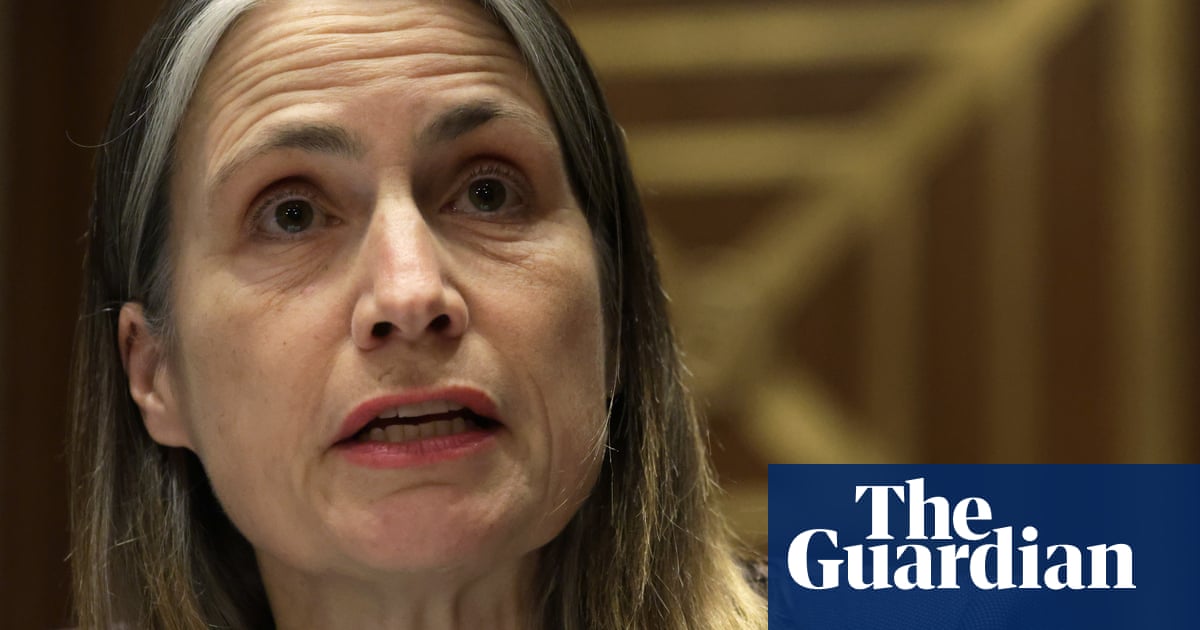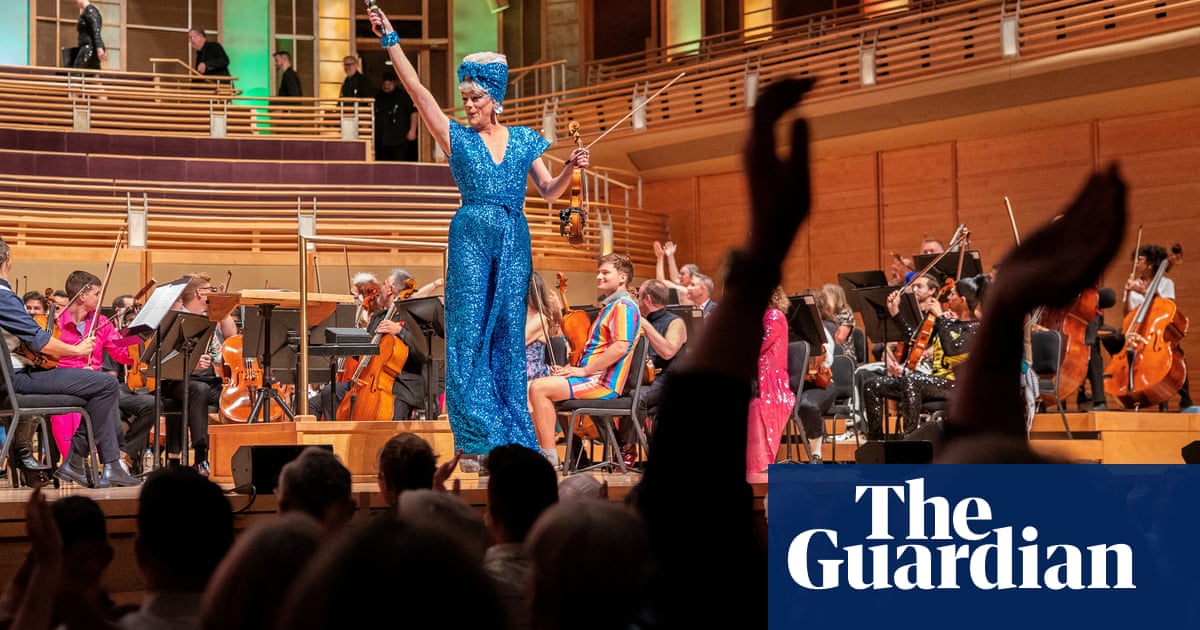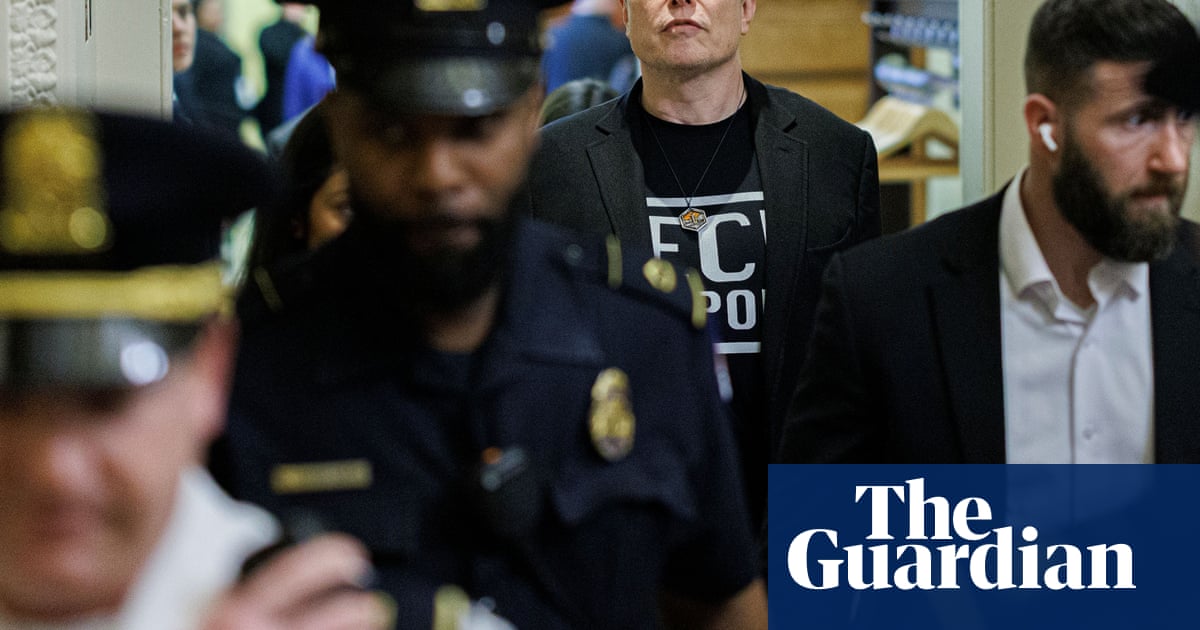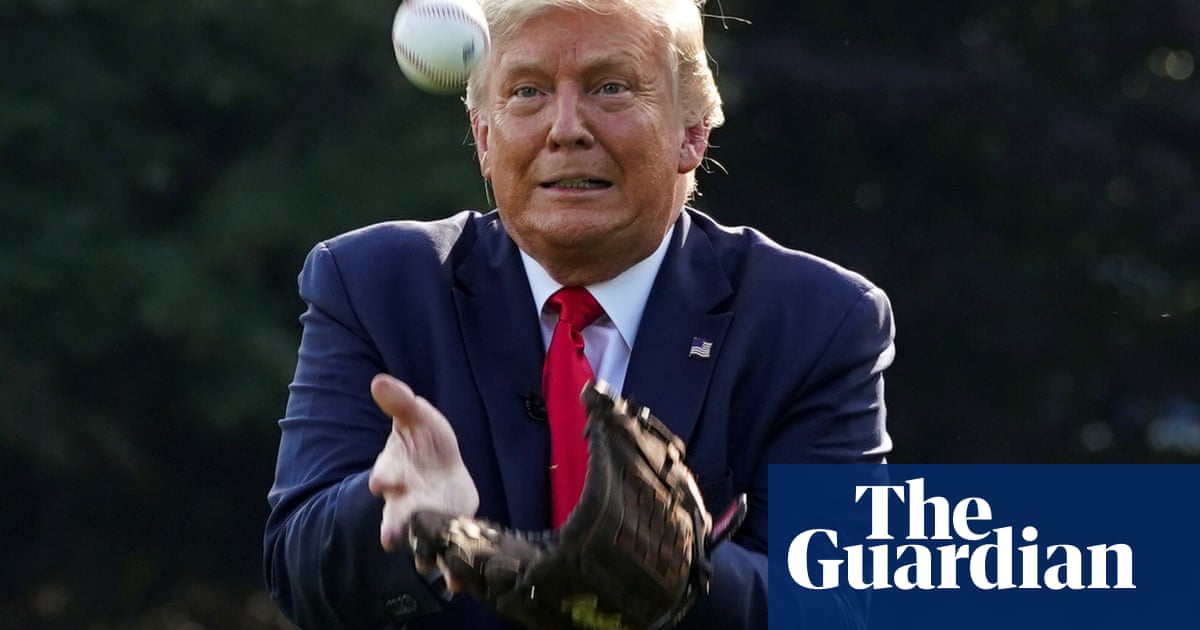“It started as a joke,” says Vera Drew. “I just took it a little too far.” The 35-year-old former editor for Sacha Baron Cohen, Nathan Fielder and Tim & Eric is referring to her debut movie: The People’s Joker, a transgender-punk-superhero comedy in which she hijacks DC Comics characters to tell her own coming-out story. The film is set in an apocalyptic Gotham City ruled by Batman, billionaire groomer of teenage boys. Comedy can only be practised by licensed clowns divided into Jokers (male) and Harlequins (female). Enter Joker the Harlequin, played by Drew, who establishes an illegal comedy club specialising in cringe and bad-taste humour.
Sitting at home today in Los Angeles, Drew is wearing a dress from the emo chain Hot Topic and a pair of Swifty Lazar-style glasses as big as TV screens. The curtains are drawn against the morning sunlight, rendering the room murky. The whole vibe is very witness protection programme.
Not that she is hiding from anyone. The People’s Joker has been through more than its share of controversy but that’s all behind her now. The trouble reached its peak just hours before the movie premiered in the midnight slot at the 2022 Toronto International Film festival, when she received correspondence from Warner Bros. Though nothing as definitive as a cease-and-desist letter, it did dispute her claim that the picture fell under the laws of “fair use and parody” in its reliance on existing IP. An accord was reached, and the film opened in the US last year. Accepting the breakthrough director prize at the recent Gotham awards in New York, Drew thanked Warner Bros “for not suing me”.
Right from the start, she and her co-writer, Bri LeRose, had consulted lawyers, some of whom preferred to remain anonymous in the movie’s credits. Legally, Drew was permitted to use the Batman template and characters only insofar as they were analogous to the details of her life. As a genuine failed child actor (she auditioned, unsuccessfully, for Superbad) and teenage improv comic, as well as a trans woman in a transphobic world, it was no stretch for her to appropriate the story of the bullied standup Arthur Fleck, AKA Joker, as a vehicle to tell her own.
Shot in just five days in the office of Tim Heidecker (who has a voice cameo, as does Better Call Saul’s Bob Odenkirk), the film was pieced together over several years of pandemic-era post-production by more than 100 artists. The result is a hectic, high-calorie collage of live-action, green-screen, computer graphics, puppetry and assorted animated styles from punchy comic-strip panels to lush watercolours. When Drew edited Baron Cohen’s series Who Is America?, the British comic warned her not to overload a scene with gags. Let loose on her own, she goes for broke. (She also throws in a cheeky nod to Borat in a film poster for a fictional comedy called Foreign Man.)
The People’s Joker may have started as a gag but it was inspired by an alleged absence of humour. In 2019, the director of Joker, Todd Phillips, insisted that woke had killed the joke. “Go try to be funny nowadays with this woke culture,” he grumbled. Incensed by his argument, LeRose, a writer on Arrested Development, tweeted: “I will only watch this coward’s joker movie if Vera Drew re-edits it.” She then transferred a “fee” of $12 to Drew’s account. “I’m not saying that every autistic person would do this,” Drew said, last year. “But with my autism I don’t understand sarcasm or irony. I saw that as my first artistic commission.”
She is not without sympathy for Phillips’ claim, which has been echoed by numerous other straight, middle-aged comics including Jerry Seinfeld. “We do live in a time where everybody is hypersensitive and reactive, myself included,” she says now. “So I get where people like Todd Phillips and Seinfeld are coming from. I’m also, like: ‘Oh, you’re so afraid of being replaced.’ I can relate to that on a human level. Ageing is hard!”
Her original idea had been to remix Joker by inserting backdrops from 1990s Batman movies or using found footage and deepfakes. “But the technology wasn’t quite there, and it seemed like a lot more work than shooting a movie with my friends. Also, it wasn’t until I was doing it that I realised how much I gave a shit about these characters.” Take the sequence in which Joker as a child goes to see a Batman movie with her mother, and realises that she is trans. “That memory of mine only resurfaced as I was making the film. I was taken to see Batman Forever when I was seven, and I identified with Nicole Kidman’s character rather than Batman. I felt represented by this very expensive gay art film. It was as if I was seeing the rest of my life.”
She must have spotted women in movies before then. What was the special sauce that gave this experience its kick? “It’s the Joel Schumacher of it all,” she says, referring to the late director of Batman Forever and Batman and Robin, to whom The People’s Joker is dedicated. “He was the gayest man who ever lived, so there’s no ‘straight male gaze’. And his female characters are highly developed. Nicole Kidman plays a professional woman who has agency and desire. It’s kind of fucked-up: she’s obsessed with bats and rubber nipples. Gender aside, I’d never seen anything so colourful and over-the-top. There was an intensity to it.”
Drew gave a shout-out to Kidman during her Gothams acceptance speech for being one of the catalysts for her trans epiphany; the Babygirl star responded by raising a fist in solidarity. “I dropped her a note afterwards,” Drew says with a smile. “I’m dying to work with her. She’s fearless.”

The same could be said about her. Making a film that lightly fictionalises the first three decades of her life, even drawing on verbatim conversations she had with an emotionally abusive ex, sounds like the definition of triggering. (Drew has likened the making of the film to “taking a four-year-long shit on my trauma”.) You can plainly hear the toll it has taken by listening to the commentary track on the US Blu-ray, which she recorded while “a little bit high” and having her nails painted; in the final seconds, she descends into exhausted tears.
“Making the film was something I needed to do,” she tells me. “It was like this thing that had to be removed from my body surgically. But there were so many moments when I thought it wouldn’t see the light of day.” Now it was out at last, and she was ricocheting from one cinema to the next for public appearances in her Joker makeup. It all got too much. “I’m a workaholic. And a few other things-aholic. I just wasn’t prepared for how exhausting it would be watching all my trauma over and over.”
She has claimed she made The People’s Joker to repair her relationship to her art and her body. Did it work? “I don’t know that it did. I had just got out of this bad relationship, and my relationship with my parents was fractured because of my transition. I went into this thinking: ‘It’s gonna fix something!’” By the time the movie was done, she felt even more confused. “I had spent almost four years looking at this version of myself through the scope of fictional characters that I didn’t even own the rights to. It ended up becoming this psychedelic mindfuck. I was, like: ‘Did I fracture my relationship to my transness and my identity even more?’ But I think I might have needed to blow up that foundation to start figuring shit out.”
In the process, she has blown up many of the conventions of queer cinema, much like John Waters before her. “It’s important more than ever today for queer people not to worry too much about being problematic or finding some invisible barometer for respectability. Our rights are being taken away on a daily basis, so I’m not about to deny those parts of myself that might be ugly to a cis audience. It’s more appealing to me to write trans and queer characters that are unlikable than to make them perfect. Look at The People’s Joker: there’s a reason why all the heroes are queer, mentally ill Batman villains!”

 3 months ago
74
3 months ago
74
